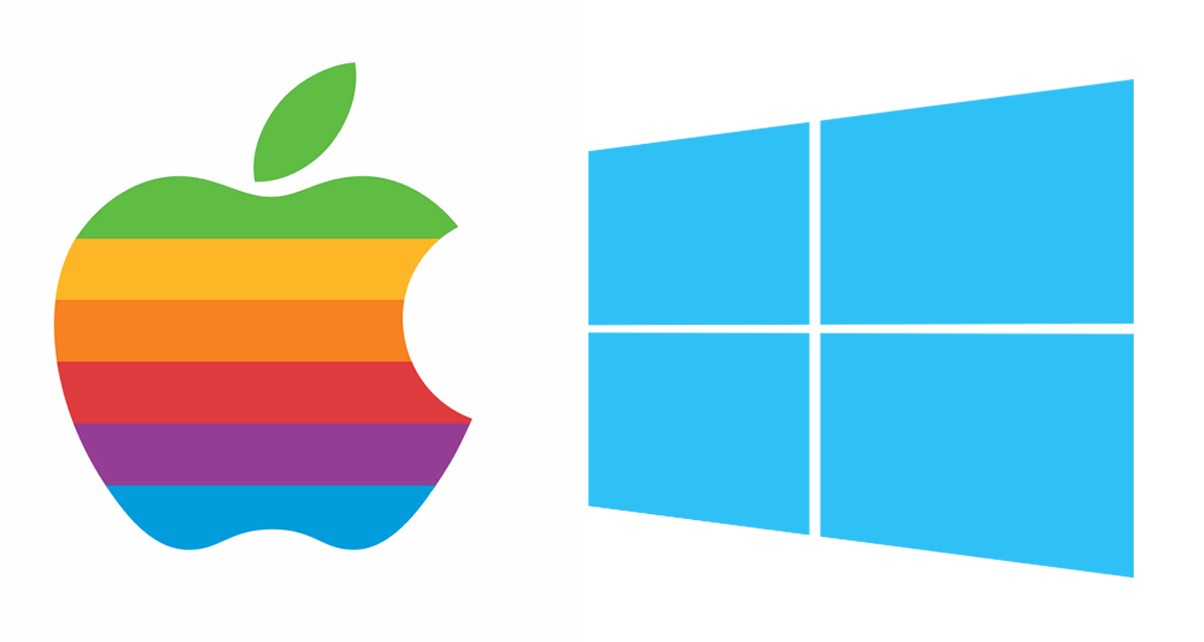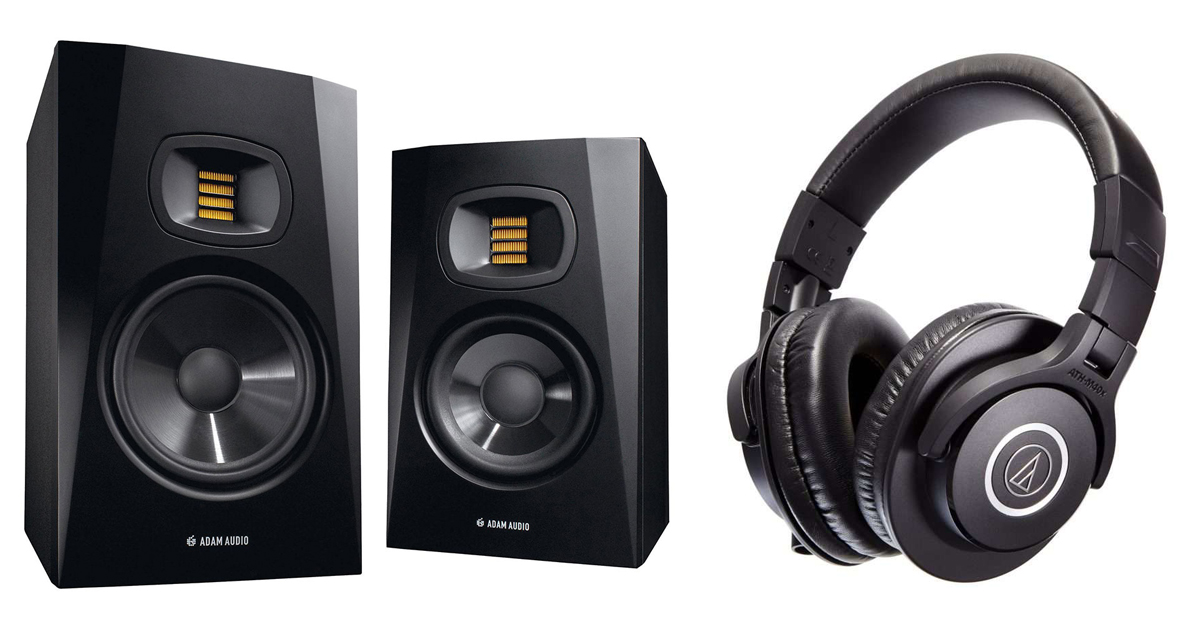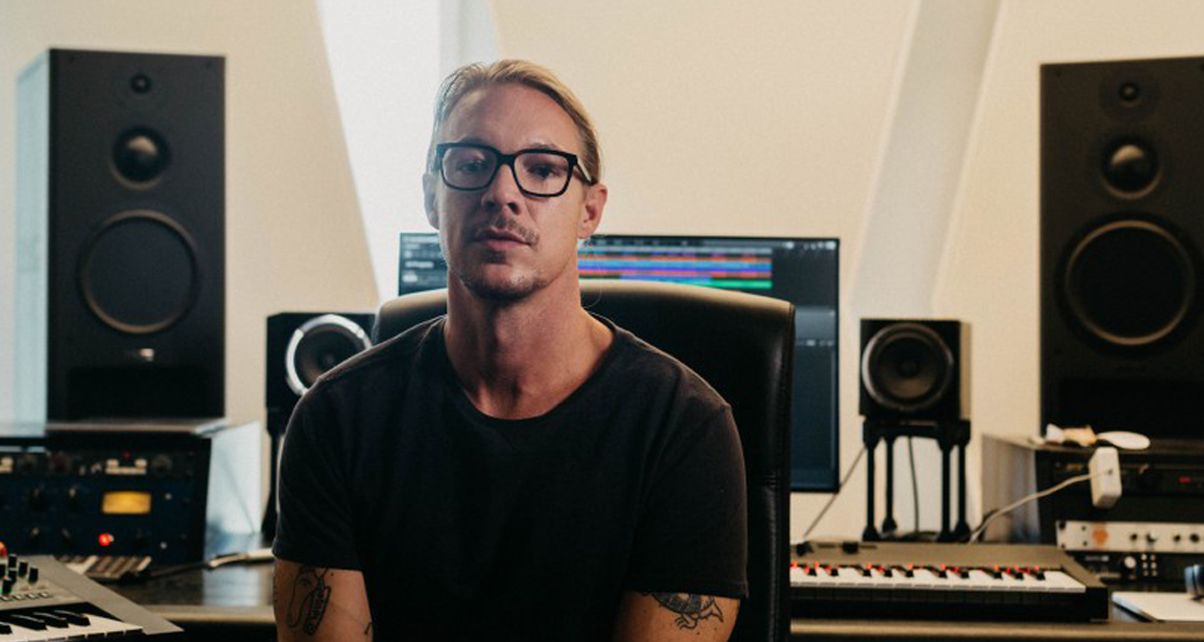In part one of our series we explored why more electronic dance music is being made in home and bedroom studios instead of top-shelf commercial recording facilities costing millions of dollars. In this article we’ll show you the gear and software you need in order to start making music. The great news is that if you’re already a DJ, you probably have most if not all of these already, which means you can get started making tunes right after you read this article. Let’s dig in…
Four Things You Need To Start Producing Today
1. A laptop (whether Windows or Mac)

The most important component of your bedroom studio will be your laptop. This is where you’ll be doing all of your producing, editing, arranging and mixing in. It doesn’t matter if you get a Mac or a PC Windows computer: almost all the popular digital audio workstations are cross-platform, and almost all software synthesisers and plugins – which are stuff like effects that you get to “plug” into your project’s tracks – are also cross-platform. Having a laptop (or any computer) is the most basic piece of gear you need if you want to produce with a DAW, which brings us to our next item on this list…
2. A digital audio workstation

Your computer can do tons of things, but if you don’t have software that’s specifically meant for music production, you won’t be able to make any music. That’s where a digital audio workstation (DAW) comes in. It’s an app that allows you to compose and write music, combine and edit sounds, and then mix them all together using tools and effects called plugins. Once finished, you can then render all of these tracks and sounds into a stereo file which can then be played on any music player, uploaded to SoundCloud, sold on a store like iTunes, or distributed to a streaming site like Spotify or Apple Music.
There are lots of DAWs to choose from, and they all have their own distinct characteristics and feature sets. We recommend Ableton Live, FL Studio and Reason which are all available on both Macs and Windows PCs. You can try them all out since they all have time-limited free trials. If you’re a Mac user and you love everything Apple, Logic Pro X is another good DAW, though you’ll have to buy it outright since there is no demo version to download.
You might be tempted to buy a Midi keyboard controller or drum pad at this point. We recommend doing this later on once you’ve got to grips with your chosen DAW because adding another bit of kit like this tends to make the overall production learning curve steeper. It also slows down your progress because you have to learn two things instead of focusing on just one. Once you know the basics of navigating and working within your DAW, only then should you think about getting a controller.
3. A pair of speakers or headphones

You don’t have to break the bank to get decent sound, and you don’t need a lot of space either. Choose a pair of desktop monitor speakers such as the KRK Rokit 5, the Adam Audio T5V or the M-Audio BX5-D3 which are relatively cheap (the most expensive are the Adam Audio T5Vs which only then come under US$400 for a pair).
We recommend that you get speaker monitors if budget allows, but if not go for a pair of studio headphones such as the Audio Technica ATH-M40x. Just make monitor speakers a priority for your next gear purchase.
You may also want to consider getting an audio interface. This lets you get sound into your DAW (such as a microphone or a line input device) as well as out of it, letting you control the volume of your speakers and headphones. Capable interfaces such as the Focusrite Scarlett Solo and the Mackie Onyx Artist can handle a variety of inputs and outputs while clocking in at just under US$100.
4. Sounds for the music you want to make

Your chosen DAW already has stock sounds that come with it such as drums, basses, synths and other instruments. But if you want to make genre-specific tunes, you’re better off getting sounds that cater to the style you’d want to make. For example, an EDM kick drum sounds a lot different compared to a tech house one, and a hip-hop snare drum sounds different compared to a big room or future house one. This is where loop and sample sites like Splice, Sounds.com and Loopmasters come in.
It’s much easier and faster to get the sounds that are specific to the style of music you’re making rather then designing these sounds from scratch, or shoehorning your DAW’s stock sounds to make them sound close to elements of the genre you want to produce. This has been a game-changer for me because access to world-class sounds are just a click away and cost as much as a green smoothie.
Finally…
You don’t need a lot of gear to get started. The coolest thing about this development in music production is that a lot of the barriers of the “old world” of music making have been lowered. These days, it’s the resourceful, agile and creative that get ahead in the music industry, not the ones with the big budgets and “exclusive access” to gatekeepers. In short, the time for you to make your own music is now.
Want to get started? Our Dance Music Formula course has helped hundreds of people just like you to go from zero to finishing and releasing commercial-quality dance music. Click here to find out more.
Read the other parts in this series
Have you started making your own music yet? If you’ve been producing for a while now, what gear did you start out with? Share your thoughts in the comments below.








